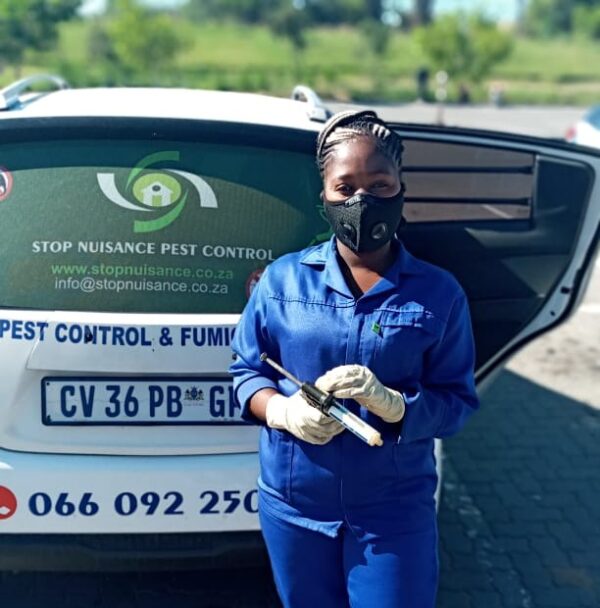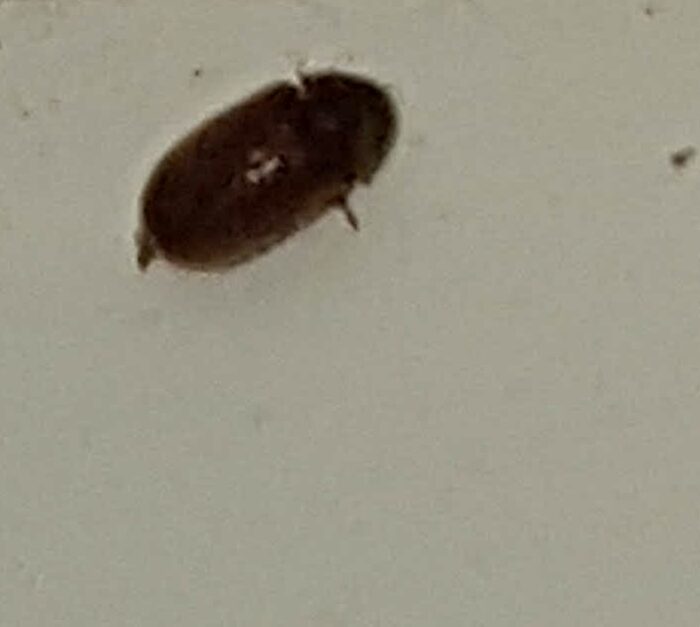Finding tiny flying beetles buzzing around your home can be annoying, even alarming. However, they are typically harmless and there are simple steps you can take to eliminate an infestation. This article discusses what attracts these flying bugs, how to identify common household species, and effective control methods to keep them away for good.
Table of Contents
What Attracts Flying Bugs Indoors?
Food and Shelter Draw Them In
Like any pest, tiny beetles and flies make their way inside your home while foraging for food and shelter. They may be attracted to ripe fruit you have sitting out or moisture sources like houseplants, sinks, and damp areas. Open windows and doors also allow easy indoor access for nuisance insects. Identifying what might be drawing them to a certain area is the first step toward prevention.
Common Tiny Flying Bugs Found Indoors
Fruit Flies
One of the most ubiquitous is the humble fruit fly. These are very tiny flies, usually measuring 1⁄8 inch or less. As their name suggests, they gather around ripening fruit and vegetables, eggs, garbage cans, mop buckets, and anywhere else they can find a sweet treat.
Drain Flies
Drain flies are another tiny fly measuring only 1⁄5 to 1⁄7 inch in size. As larvae, they develop in the gelatinous gunk that builds up inside damp drains. They emerge as adults to mate and repeat the cycle. You’ll often see drain flies hovering around sinks.
Fungus Gnats
Fungus gnats are small delicate flies with long legs and antennae. The larvae feed on fungus growing in overwatered potted plants while adults seek out nectar and pollen sources. They don’t directly damage indoor plants, but can become a nuisance.
Carpet Beetles
As larvae, carpet beetles feed on fabric, hair, feathers, dead insects, and stored foods. The varied carpet beetle adult has a white, yellow, black, and brown spotted shell. The adults mainly eat pollen but don’t damage household items. However, the larvae can seriously damage fabrics, carpets, furniture, and collections containing wool, silk, leather, or fur.
Drugstore & Cigarette Beetles
Other tiny beetles you might see flying indoors are drugstore and cigarette beetles. Drugstore beetles have a solid brown or black shell with light brown hair underneath. Cigarette beetles are more elongated in shape and are a reddish-brown color with light brown bands on their wing covers. Both feed on a wide variety of dried goods – hence their names!
Getting Rid of Tiny Flying Bugs
Sanitation
The first line of defense against household pests is good sanitation. Eliminating food and water attractants kicks the legs out from their ability to thrive. Promptly clean up spills, take out trash, fix leaky pipes, throw away rotting fruit and vegetables, and empty standing water. Store pantry ingredients like flour, pasta, rice, cereal, crackers, bird seed, and pet food in airtight containers.
Traps
For fruit flies lingering around drains or houseplants, make a quick trap. Fill a small jar with 1 inch of apple cider vinegar (ACV) and add a few drops of dish soap. The acidic ACV attracts flies while the soap reduces surface tension so they sink and drown. For fungus gnats, place sticky traps just above the soil surface of potted plants to catch adults.
Natural Repellents
Some natural extracts repel flying insects without harsh chemicals. Wiping surface areas with citrus, eucalyptus, peppermint, or cinnamon oil deters fruit flies. Growing herbs like basil, thyme, oregano, dill, and parsley also help repel the tiny flies.
Bacillus thuringiensis israelensis (BTI)
This natural bacteria strain kills fungus gnat larvae when watered into potting soil, but is safe for people, pets, and plants. It’s found in products like Gnatrol. Diatomaceous earth sprinkled on the soil surface will also slash fungus gnat populations.
Insect Growth Regulator (IGR) Sprays
IGR products like Gentrol prevent fly larvae from maturing into breeding, biting adults. Use around likely insect breeding sites like sinks, potted plants, under appliances, behind furniture, and other hidden spaces.
Botanical Insecticides
Derived from chrysanthemum flowers, pyrethrins attack the nervous systems of flying insects. Botanical insecticides with pyrethrins provide quick knockdown and kill of fruit flies, fungus gnats, drain flies, and other nuisance bugs. Spray onto surfaces wherever flies are active.
When to Call an Exterminator
For severe infestations of biting, fabric damaging carpet beetles or clothes moths, professional treatment may be warranted. An exterminator can apply residual sprays and fumigants into cracks, crevices, carpets, and furniture where larvae hide. They have access to stronger synthetic insecticides that effectively halt reproduction and destroy all life stages of household pests.
Prevent Fly Recurrence
With diligent sanitation and management using traps, natural repellents, and insecticidal spray, flying bugs don’t stand a chance in your home. Pay special attention to their favored hangouts in the kitchen and bathrooms. Fix plumbing leaks promptly. Keep surfaces sparkling clean. Take out trash regularly. With vigilance, tiny nuisance flies and beetles won’t get the upper hand in your living space again!

With over 5+ years of experience in pest control and a PhD in Entomology, our author brings a blend of scientific knowledge and practical expertise to Pestifier.com. Passionate about creating pest-free environments, they provide effective tips and strategies for managing and preventing pest infestations. Connect on Facebook for the latest updates and insights.

